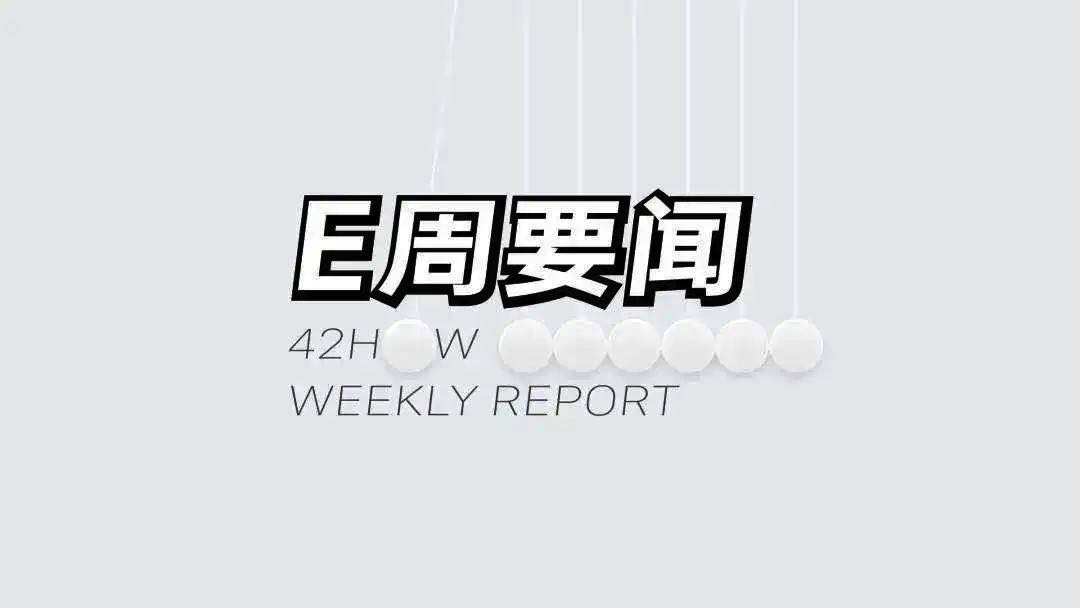PART 1 Weekly Index
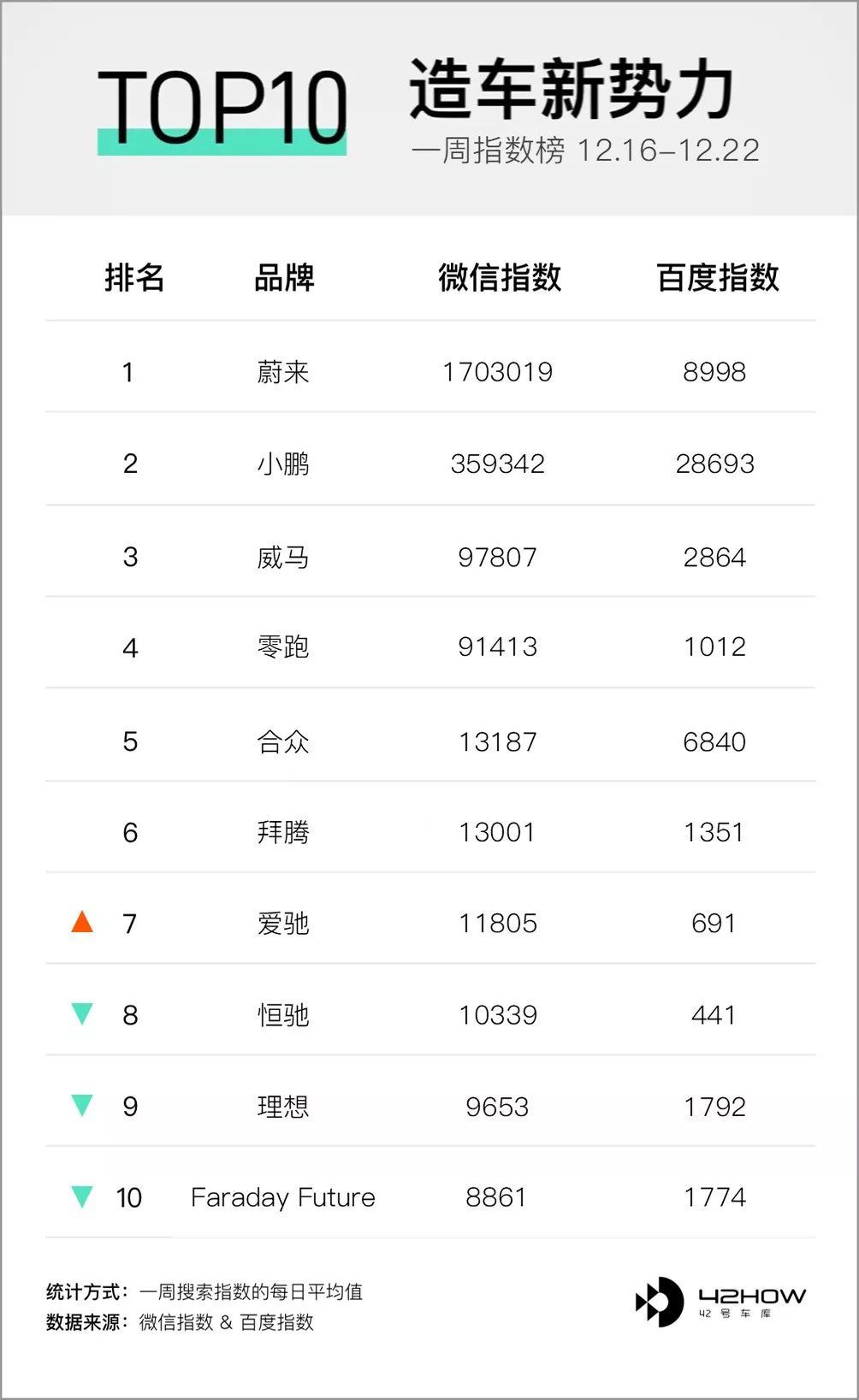
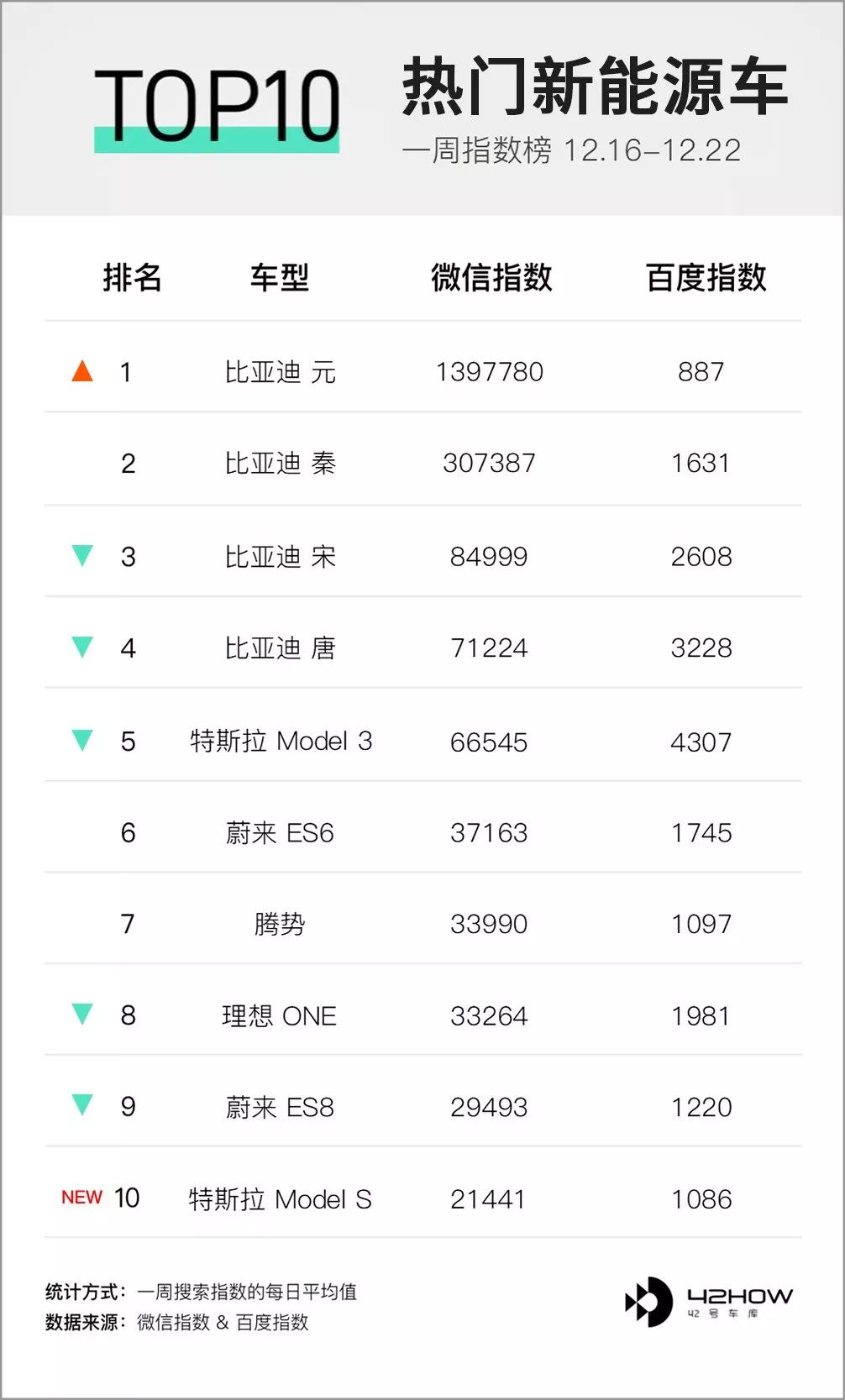
PART 2 Weekly News
① Tesla introduces “Acceleration Boost” pay-to-upgrade package for Model 3
Recently, Tesla introduced a new pay-to-upgrade package called “Acceleration Boost” for the Model 3, which is currently only available for the AWD long-range version and costs $2000. After the upgrade, the vehicle’s 0-60 mph time can be reduced from 4.4 seconds to 3.9 seconds. According to Musk’s response on Twitter, the mid-range Model 3 also supports purchasing this upgrade package.
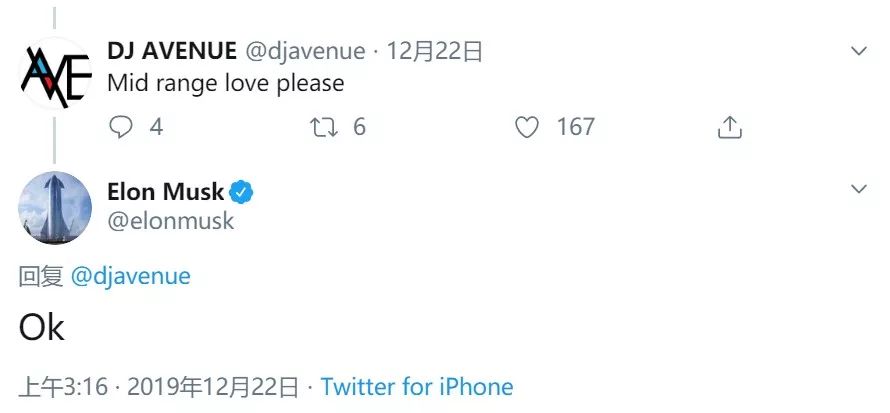
Quick comment: Tesla’s software engineers once again demonstrated the value of software with the “pay-to-upgrade” package, while constantly pushing the limits of the Model 3’s existing performance. It is believed that this will become a new source of profit growth for Tesla.
In addition, the domestic Model 3 is also about to be delivered. With constant upgrades, like gentle cat claws scratching the hearts of domestic Model 3 owners, many owners cannot help but ask, “Where is the limit of this car?”
② NVIDIA releases new generation of autonomous driving chips that can achieve L2-L5 autonomous driving
On December 18th, NVIDIA CEO Huang Renxun released the latest achievement in the field of autonomous driving, the “NVIDIA DRIVE AGX Orin™”, at the Suzhou GTC China conference. This chip consists of 17 billion transistors and has a computing capability of up to 200 Tops, which is 7 times that of the “Xavier SoC” chip currently used in XPeng P7, and can achieve L2 – L5 autonomous driving.
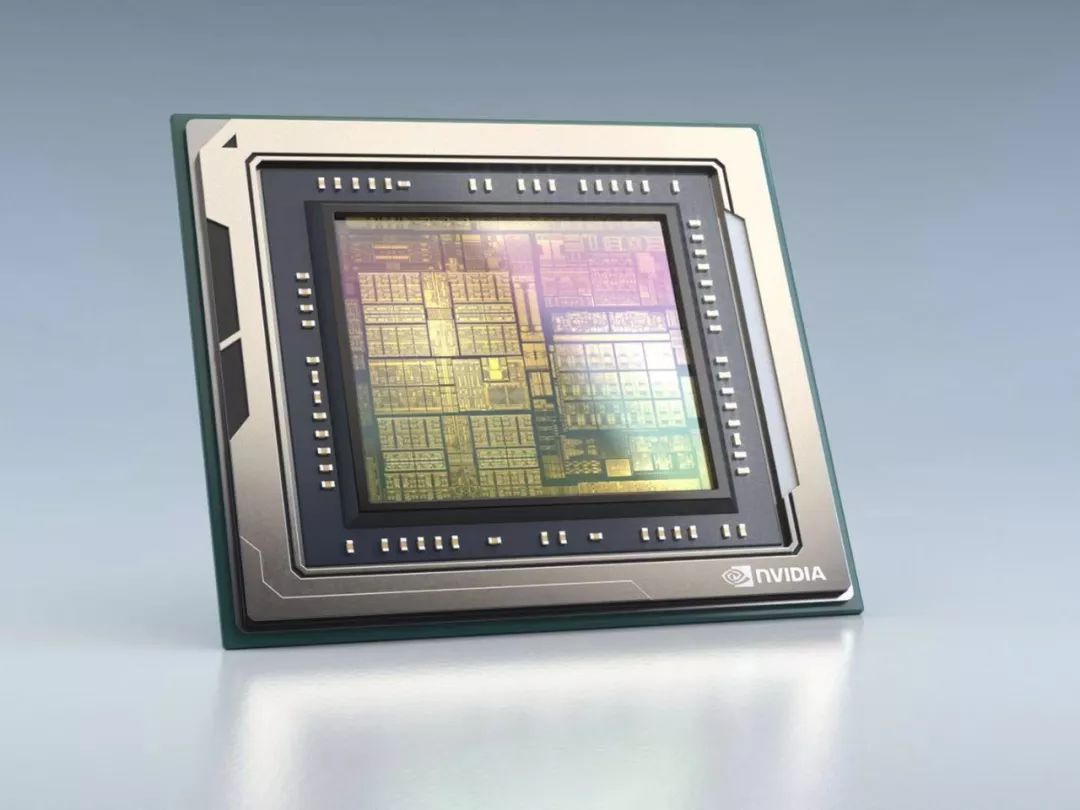 ## Translation
## Translation
Quick Take: Before venturing into the field of autonomous driving, NVIDIA, known for its “computer retinas” graphics cards, mainly played in the public eye. However, as the PC market gradually shrinks and mobile terminals progressively gain force nowadays, NVIDIA has keenly sniffed a new visual development direction – autonomous driving.
Although it is currently limited by various constraints such as infrastructure, technology, and regulations, it is evident from the latest functional level of its announced chips and the industry giants partnering with it that NVIDIA is still deeply cultivating in its expertise field of “visual computing.” It is believed that on the day of true implementation of autonomous driving, the “green-eyed” retinas that have helped you calculate countless brilliant moments will still have a place somewhere in your car.
③ Volkswagen ID.3 faces a large number of software issues, and the early product will not be able to implement OTA function
From the software development trend released by Volkswagen on its German official website since June 18th of this year, it can be seen that Volkswagen aims to increase the proportion of autonomous development software from the current 10% to over 60% by 2025, which highlights Volkswagen’s emphasis on its software development.
To achieve this vision, Volkswagen has brought in Christian Senger, a member of Volkswagen Passenger Car Brand Management Committee responsible for digital cars and services, to lead the overall situation.
But according to the recent report of Germany’s Manager Magazin, Volkswagen’s ID.3, which has adopted a new system, has many problems in its software system. Judging from the report that the early phase can only be solved through offline connection methods, it seems that adding this new “fuel” to such a huge ship as Volkswagen is not an easy task.
Quick Take: The planning of the MEB platform is sufficient to show Volkswagen’s determination in transformation. However, the emergence of software issues also reflects that Volkswagen is similarly at the “crossing the river by feeling the stones” stage in the field of new energy. However, Tesla, the opponent from across the ocean, does not seem to want to give this old industrial giant a chance to breathe. Previously, Musk stated that he would establish the fourth Super Factory in Berlin. This reminds people of a Chinese entrepreneur’s Weibo content “Tesla has arrived at the door.” This time, it is not Lingang but Berlin.
④ The first Porsche Taycan Turbo S is delivered in the United States
On December 21st, Porsche delivered its first Taycan Turbo S sports car in the United States. The owner stated that the temperature on delivery day was 26 degrees Fahrenheit (equivalent to -3 degrees Celsius) and drove a total of 188 km (117 miles), using 46% of the battery. Based on this, it can be estimated that the full battery range of the Taycan Turbo S is approximately 408 km, which is very close to the WLTP range of 412 km.
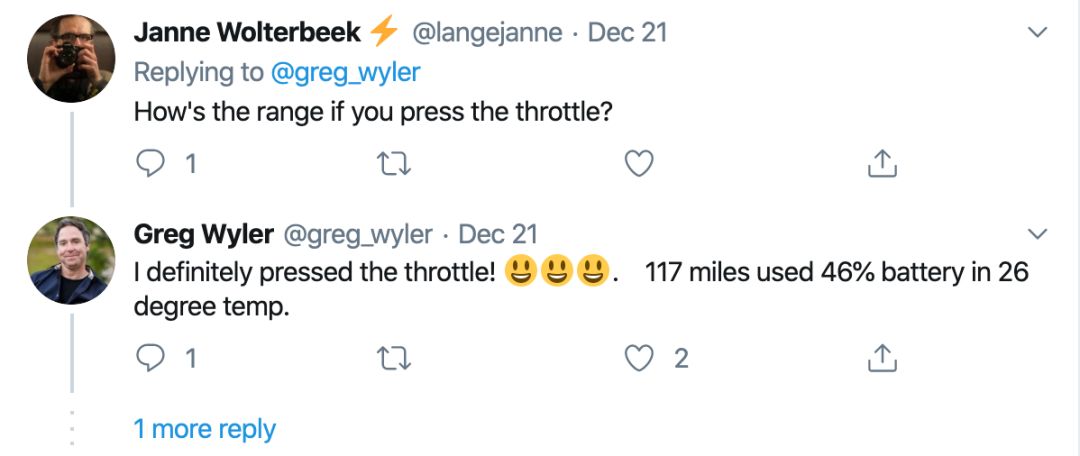
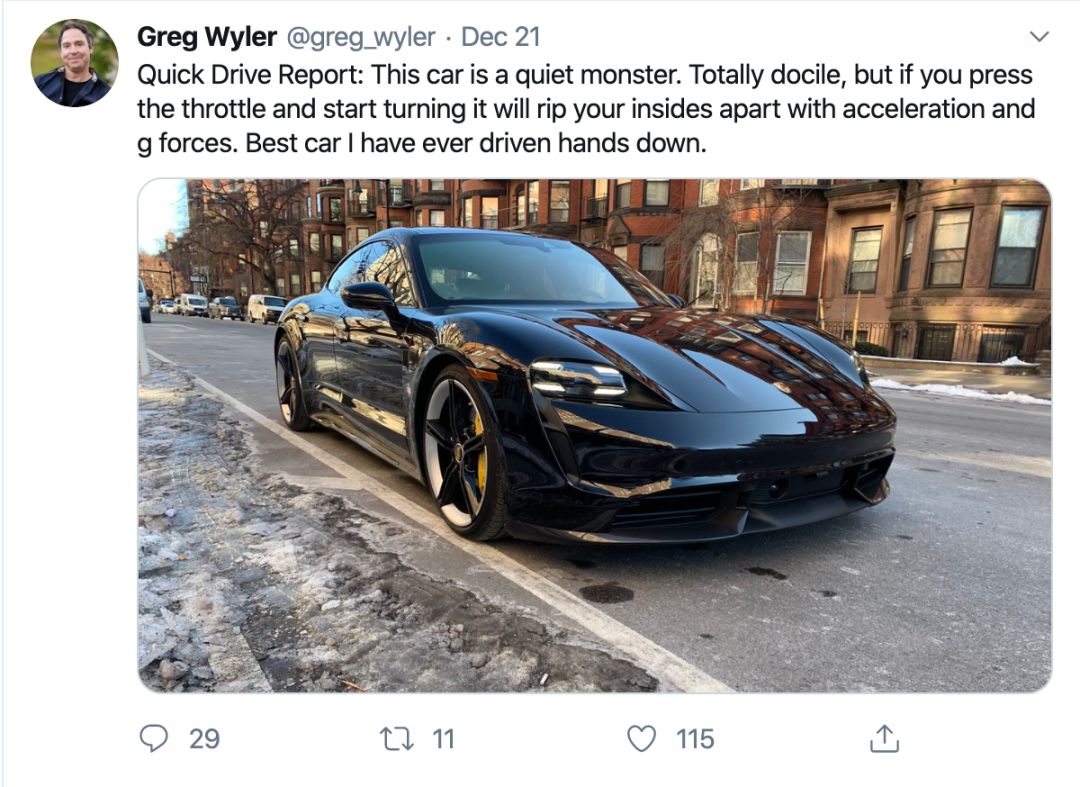
Quick comment: The Taycan is Porsche’s first all-electric sports car in the new energy field. From the recently released EPA data of the Taycan Turbo (322 km), it seems that range is not its strong suit, and the more powerful Taycan Turbo S is even lower. However, judging from the driving mileage, ambient temperature, and the owner’s description of it as a “quiet monster” on Twitter that day, the Taycan seems to have not been treated gently. So, the question arises: what is the actual range of the Taycan?
⑤ Tougher Penalties, New Version of Car Three Guarantees Policy to be Released
The new version of the car three guarantees policy will be launched soon with revisions targeted mainly at new energy vehicles, conditions for returning and exchanging cars, and penalty amounts.
At present, the new version of the car three guarantees policy is still being revised, but the basic plan has been established.
- New energy vehicle power batteries and motors will be included in the conditions for returning and exchanging cars;
- Faults such as power battery fires will also be included in the conditions for returning and exchanging cars;
- Under the requirements of the national standard three guarantees period of 2 years/50,000 km and the warranty period of 3 years/60,000 km, separate requirements for power batteries have been proposed, requiring that pure electric vehicle models must clearly label the power battery degradation limit and related testing methods.
In addition, the current car three guarantees policy stipulates that if the time spent for repair due to product quality problems exceeds a cumulative 35 days or the number of repairs for the same quality problem exceeds 5 times within the three guarantees period, the consumer can demand replacement with the seller responsible for the cost, with the three guarantees and purchase invoice as evidence. The new version will adjust the cumulative repair time to 30 days and the number of times for the same quality problem to 4 times.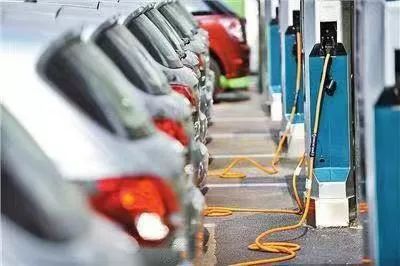
Quick review: The new three-guarantee law not only fills the gap in China’s new energy vehicle market, but also improves the current three-guarantee service system in the market at the same time. The provisions of this policy signify that the regulations of the domestic automobile market are constantly being improved, and consumers’ rights and interests have been further strengthened. At the same time, it is hoped that the new policy can be implemented as soon as possible to avoid the occurrence of situations like the “Mercedes oil leakage incident” that happened before.
This article is a translation by ChatGPT of a Chinese report from 42HOW. If you have any questions about it, please email bd@42how.com.
